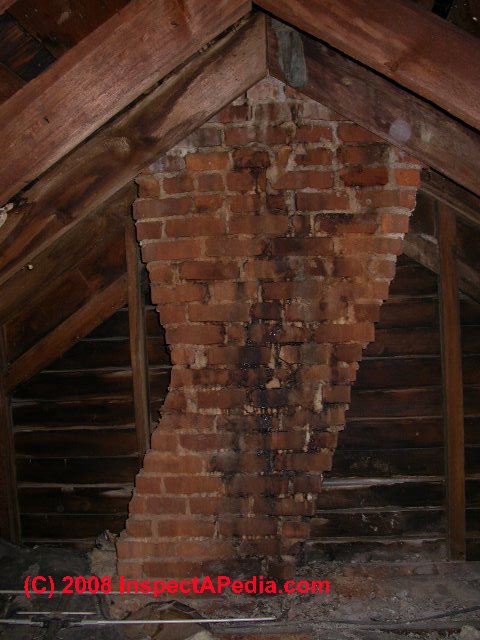Chimney Condensation In Attic

Leaks in the chimney structure a condensation effect also can happen within the chimney itself.
Chimney condensation in attic. When a fire is started the new warm air moving into the chimney comes into contact with the cold chimney walls causing condensation. Another event that could happen although i have never heard of it actually happening is that you could get so much moisture in your attic that it could condense and roll down the stringer onto your chimney. Condensation of exhaust gases are evidenced or accompanied by one or more of the following. The walls of the chimney can take time to warm up so when a new fire is lit the hot exhaust air from the fire will come into contact with the cold walls of the chimney and condensation will occur.
Signs of chimney damp the signs of chimney damp can be similar to the signs of regular damp except they all occur around your fireplace or chimney. Condensation can also occur within the chimney. It has happened and usually isn t discovered until people have spent a terrible sum fixing everything else. The pattern of wetness is relatively uniform on all the sides of the chimney exposed in the attic.
Normal amounts of humidity and moisture in the hot air condense inside your chimney as the air cools leaving water which can be as acidic as bleach. There may be damp patches on the chimney breast or the ceiling above it or possibly the walls around it. In the attic a kneewall blocked observation of the chimney. You might also see staining or discolouration in these areas.
However the chimney was a different story. In some cases the heat from the fire will cause the condensate to evaporate. The new decking was mostly dry except for droplets of moisture apparently condensate not leakage from the roof on a few nails. Over time this acidic moisture can do serious damage to your chimney and masonry work but that s not the worst of it.











































